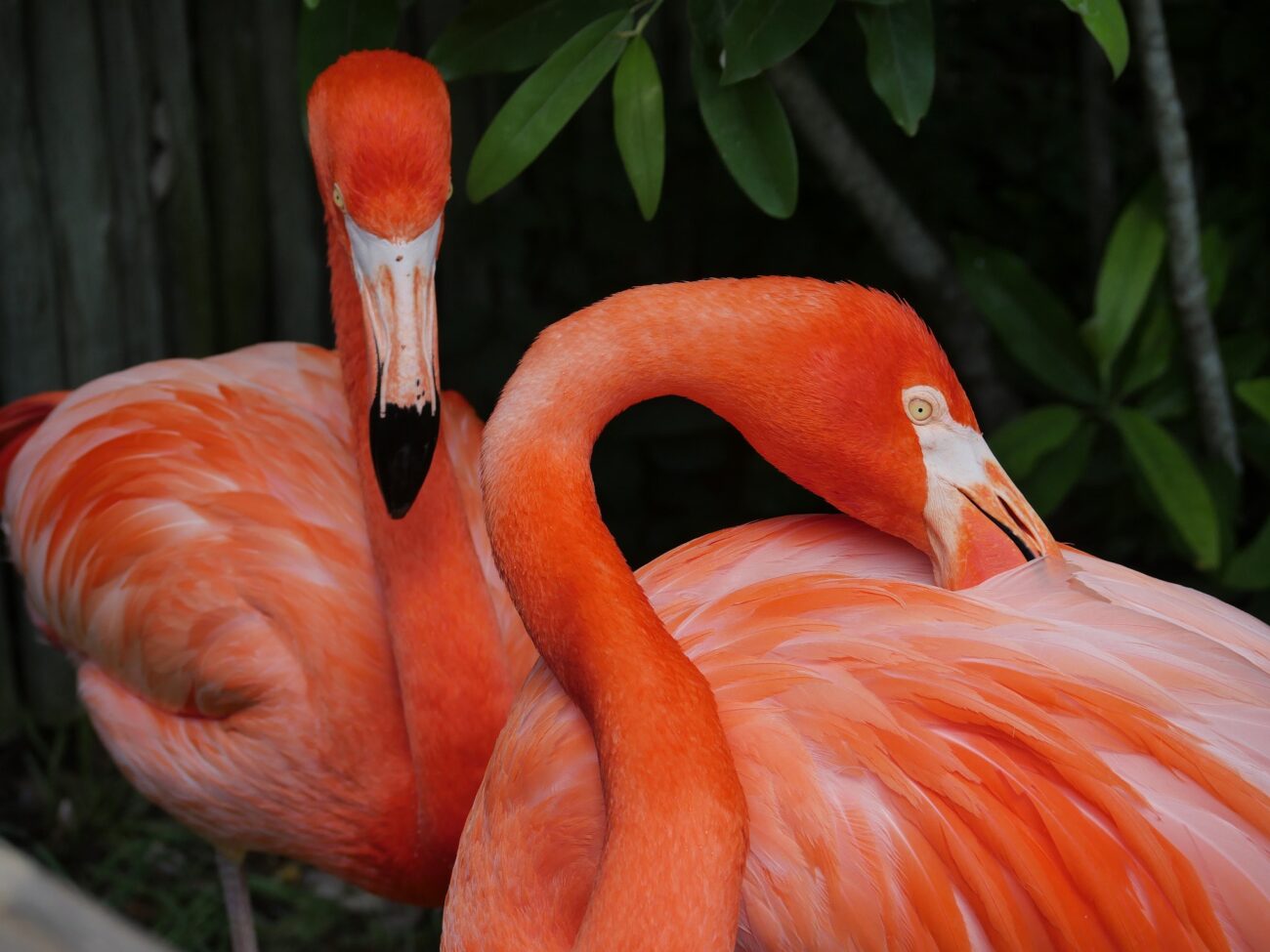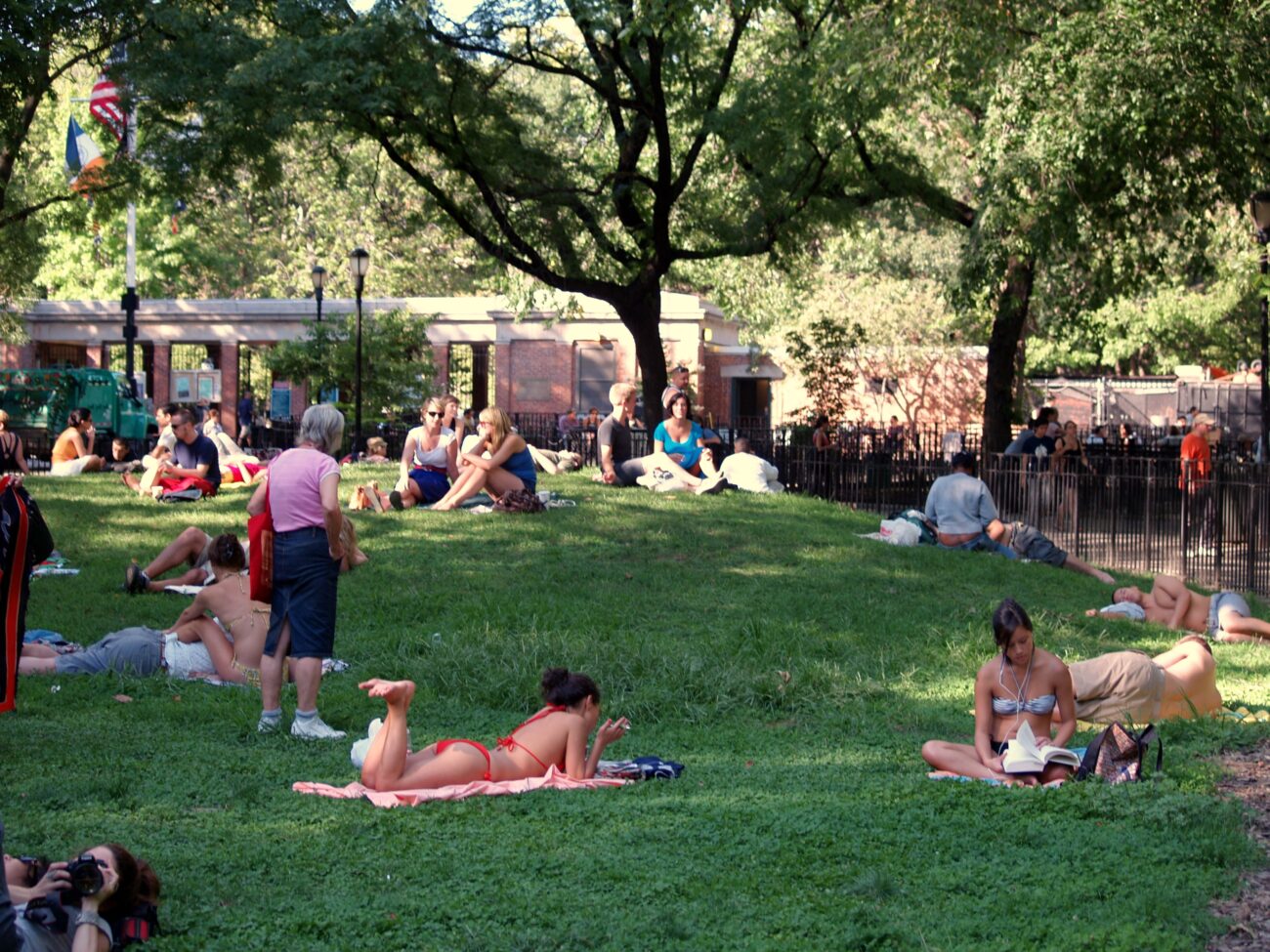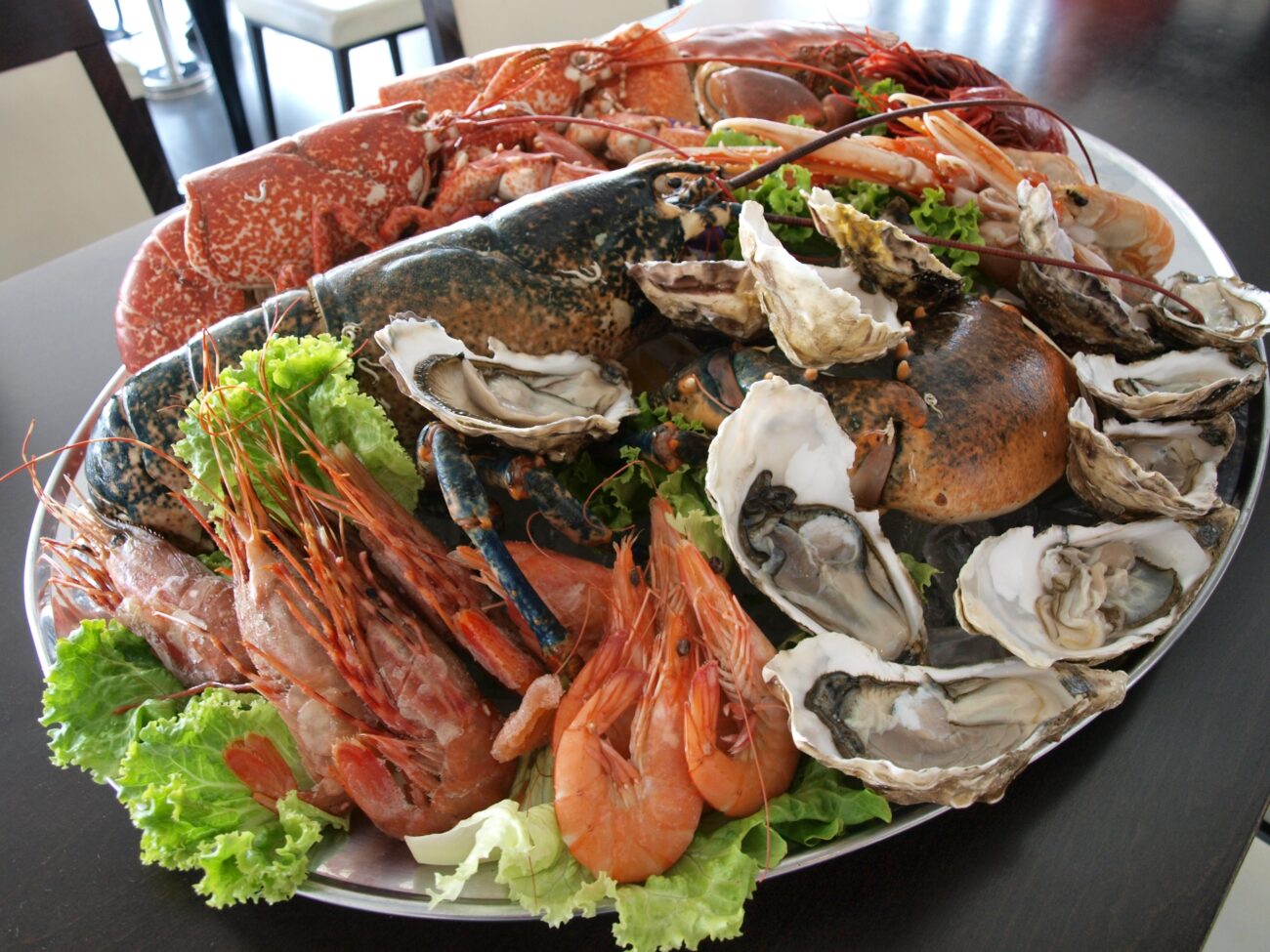Hurricane Idalia scattered more than 300 flamingos across the eastern United States last August, depositing the pink waders from Florida’s Gulf Coast to Wisconsin and Pennsylvania. Among them was “Peaches,” a nearly drowned bird rescued near Tampa, banded, and tracked by scientists who lost its GPS signal shortly after release.
This summer, Peaches surfaced again—nesting with his blue band visible in Mexico’s Yucatán Peninsula, confirming what researchers suspected: Florida’s flamingos might be back for good after disappearing for over a century.
Restoration Success Creates Flamingo-Friendly Florida
Decades of Everglades restoration have rebuilt the habitat infrastructure needed for large wading bird colonies.
The Comprehensive Everglades Restoration Plan, a $23 billion investment launched in 2000, has transformed Florida Bay’s ecosystem. Wading bird populations exploded from 20,000 nesting pairs in the late 20th century to more than 100,000 pairs in 2018 and 2021.
This restoration fixed the hydrologic flows—essentially the water management systems—that flamingos need for their specialized feeding and nesting behaviors.
Unlike other wading birds that recovered quickly after the 1918 Migratory Bird Treaty Act ended the brutal feather trade, flamingos remained abandoned. They nest only once annually and require massive, stable colonies for successful breeding. The restored Everglades now provides both.
Key Facts About Florida’s Flamingo Comeback:
- Feather hunting in the late 1800s destroyed Florida’s historic flamingo colonies completely
- February 2024 census counted at least 101 flamingos in Florida—enough to suggest permanent residency
- Caribbean flamingo populations increased tenfold since the 1950s due to Latin American protections
- The Rio Lagartos-Florida migration corridor is now scientifically confirmed
Climate and Conservation Create Perfect Storm
Multiple factors align to support flamingo reestablishment in their historic Florida range.
The timing isn’t coincidental. Climate change may nudge some species northward while improved regional conservation creates spillover from thriving Caribbean populations. The birds arriving post-Idalia likely represent overflow from healthier source colonies rather than desperate refugees.
February’s census, revealing 101 flamingos, suggests these aren’t just hurricane refugees waiting to leave. That number approaches the threshold researchers consider viable for establishing breeding populations.
If successful, Florida would reclaim an iconic species lost to fashion-driven slaughter, proving that massive ecological investments can resurrect even the most spectacular casualties of human excess. Birders and scientists continue monitoring these pink arrivals with respectful enthusiasm, knowing their sightings contribute crucial data for understanding whether Florida’s flamingo story is truly a comeback.


















